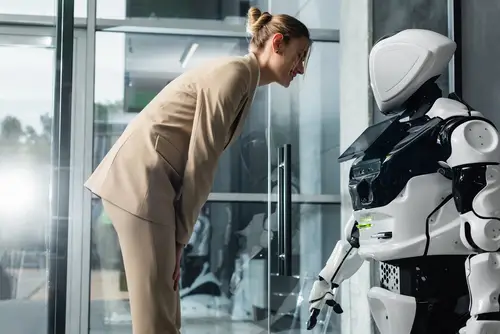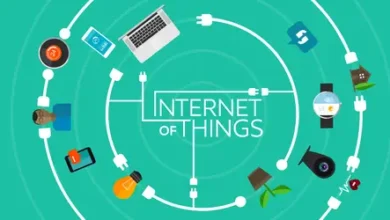Robotics Revolution: How Automation and Robotics Are Reshaping Industries

Imagine a world where manual labor is greatly reduced, efficiency is optimally increased and productivity skyrockets beyond human capacity welcome to the age of Robotics Revolution. Our reality is rapidly transforming as robotics and automation technologies are reshaping various industries across the globe. This seismic shift not only augments our capabilities but also redefines how we work and live. From healthcare, manufacturing, agriculture to space exploration, every sector seems to be tapping into this boundless potential of these groundbreaking technologies in order to create a more innovative tomorrow. Dive into this post titled “Robotics Revolution: How Automation and Robotics Are Reshaping Industries” for an intriguing journey through some key transformations instigated by robots that were once the stuff of science fiction flicks! Get ready to peek behind-the-scenes at today’s tech-centric industrial landscape like you’ve never seen before.
The Industrial Robotics Evolution: A Historical Perspective
The evolution of industrial robotics spans several decades. Started in the early 1960s with the introduction of the first programmable robot by George Devol and Joseph Engelberger. These early robots were large, complex machines primarily used in automotive manufacturing. Over the years, advancements in technology have led to the development of more sophisticated and versatile robots capable of performing a wide range of tasks in various industries. The integration of sensors, artificial intelligence, and machine learning has further enhanced the capabilities of industrial robots, allowing them to work alongside humans in collaborative settings. Today, robotics continues to revolutionize industries, increasing efficiency, productivity, and safety across sectors worldwide.
Automation and Job Loss: An Inevitable Reality or a Misinformed Fear?
The increasing integration of robotics and automation in industries has sparked concerns about job displacement. While it is undeniable that certain tasks previously performed by humans are now being taken over by machines. The impact on overall employment is more complex. Many experts argue that automation creates new roles and opportunities for workers. This often leads to the evolution of job descriptions rather than outright job loss. Moreover, robots can enhance human productivity, improve safety conditions, and drive economic growth. However, without proper planning and upskilling programs, there is a risk of certain sectors experiencing job displacement. It is crucial for policymakers and organizations to address this challenge proactively to ensure a smooth transition to a more automated future.
Revolutionizing Healthcare: The Role of Automation and Robotics
Advancements in robotic technology are revolutionizing the healthcare industry. Thereby changing the way medical procedures are performed and patient care is delivered. Robots are being used in surgeries, allowing for more precision and reducing the risk of human error. They can also assist in tasks such as medication dispensing, patient monitoring, and physical therapy. In addition, robotic technology is enabling remote healthcare services, bringing medical expertise to underserved areas. The integration of robots in healthcare is improving efficiency, enhancing patient outcomes, and reducing healthcare costs. As robotics continue to evolve, their role in healthcare is expected to expand further. This leads to a new era of innovation and improved healthcare delivery.
Redefining the Manufacturing Industry with Automated Systems
The manufacturing industry is undergoing a transformation with the integration of automated systems. Robotics and automation have revolutionized traditional manufacturing processes, leading to increased efficiency, precision, and cost savings. By implementing robots and advanced technologies, companies are able to streamline production lines, reduce human error, and improve overall quality control. This shift towards automation is reshaping the manufacturing landscape, allowing for faster production cycles and the ability to adapt to changing market demands quickly. With automated systems in place, manufacturers are able to stay competitive in a rapidly evolving industry, paving the way for a more efficient and innovative future.
The Future Outlook of Automation and Robotics in Various Industries
The future outlook of robotics and automation in various industries is highly promising, with technology advancements pushing boundaries across sectors. In manufacturing, robots are increasingly being used for tasks requiring precision and efficiency, leading to improved productivity and cost savings. In healthcare, automation is revolutionizing patient care by assisting in surgeries, managing medical records, and even providing emotional support to patients. The agriculture industry is benefiting from robotics by optimizing crop harvesting and monitoring soil conditions for improved crop yield. Furthermore, in transportation, autonomous vehicles are on the rise, promising safer and more efficient ways of commuting. As these technologies continue to evolve, the integration of robotics and automation is set to bring significant advancements and transformations to the way industries operate.





